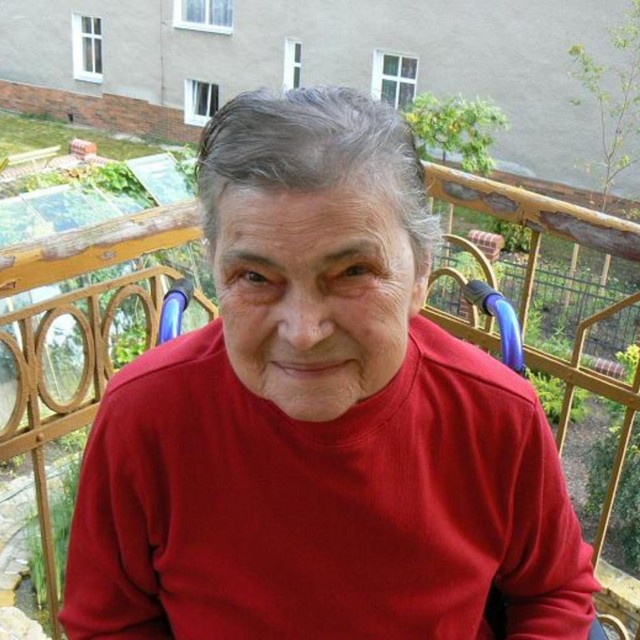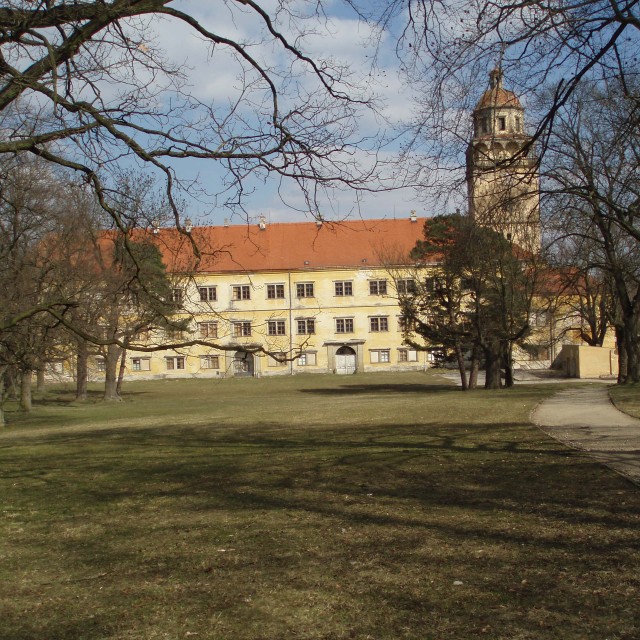Krumlov after the war
Růžena Zouharová spent the end of World War II in her native town of Moravský Krumlov. After the liberation of Vienna on April 13, 1945, the German population of Moravský Krumlov began to worry about the further developments that would take place after the war. On April 17, 1945, a general evacuation of the German population was announced. During those days, the Kinsky family and the German mayor Grohschmied left the town. Růžena Zouharová remembers the garden center at the chateau premises: "The Kinsky family had a greenhouse full of yellow roses in their gardens. It was beautiful there. The gardener shot himself and his wife after the war. It was completely unnecessary. He was in that NSDAP organization and always marched, nose up. But otherwise he didn't harm anybody."
Hodnocení
Abyste mohli hodnotit musíte se přihlásit!
Trasy
Příběh není součastí žádné trasy.
Komentáře

Růžena Zouharová
Růžena Zouharová, née Vyhnálková, was born in late 1928 in the town of Moravský Krumlov as the fourth and last child of the coachman Jan Vyhnálek and the housewife Anna Vyhnálková Anna, née Watzinger. They were a typical example of an ethnically mixed marriage. Both brothers of Jan Vyhnálek – who thought of himself as a Czech – were expelled after the war, (to Austria), as Germans. The same was true for the other side of the family, Watzinger, which was also split on its ethnic attitude during World War II. The family of Růžena Vyhnálková lived in the so-called "distillery," Since 1934, Růžena was attending a Czech school. She kept going there until 1938. She didn't speak German – only Czech was being spoken at home – only her parents sometimes spoke in German to each other. In September 1938, Moravský Krumlov was incorporated into the German Reich and the Czech school was closed down. The journey to the nearest Czech school in the neighboring village would take her about an hour. Therefore, her mother decided that her daughter will attend a German school. After leaving school in 1943, she worked as nursemaid in a Czech-German family. She witnessed the bombing of Moravský Krumlov, the advent of the Russians and the expulsion of the Germans. She also narrates about the last Count Kinsky.




